Sedimentary Rock Layers Worksheet
Sedimentary rock layers worksheets provide a comprehensive and engaging way for students to learn about the formation and characteristics of sedimentary rocks. These worksheets are designed for middle school and high school students with a background in geology or earth science.
Table of Images 👆
More Other Worksheets
Kindergarten Worksheet My RoomSpanish Verb Worksheets
Cooking Vocabulary Worksheet
DNA Code Worksheet
Meiosis Worksheet Answer Key
Art Handouts and Worksheets
7 Elements of Art Worksheets
All Amendment Worksheet
Symmetry Art Worksheets
Daily Meal Planning Worksheet
What is the definition of sedimentary rock?
Sedimentary rock is a type of rock that forms from accumulated sediment. This sediment can consist of minerals, organic matter, and other particles that are deposited on the Earth's surface and then compressed and cemented together over time through processes like lithification to create solid rock layers.
How are sedimentary rocks formed?
Sedimentary rocks are formed through the accumulation and cementation of sediments, which are particles of rocks, minerals, or organic materials that have been eroded, transported, and deposited by wind, water, or ice. Over time, these sediments are compacted by the weight of overlying layers, and the minerals present in the sediments are dissolved in groundwater and act as a natural cement to bind the particles together, forming a solid rock. Examples of sedimentary rocks include sandstone, limestone, and shale.
What are the three main types of sedimentary rocks?
The three main types of sedimentary rocks are clastic (made up of fragments of pre-existing rocks), chemical (formed from the precipitation of minerals from water), and organic (composed of the remains of living organisms, such as shells or plant materials).
How do scientists use sedimentary rock layers to study Earth's history?
Scientists use sedimentary rock layers to study Earth's history by analyzing the sequence of layers, which provide a record of past environmental conditions over time. By studying the composition, fossil content, and arrangement of sedimentary rocks, scientists can infer information about past climates, ecosystems, and geological events that have shaped the Earth's surface. This allows them to reconstruct the history of our planet and better understand how it has evolved over millions of years.
What is the process of lithification in sedimentary rock formation?
Lithification is the process by which loose sediments are transformed into solid sedimentary rocks through compaction and cementation. First, sediments are deposited and accumulate in layers. As more sediments are added, the weight of the upper layers compacts the lower layers, squeezing out excess water and air. Over time, minerals dissolved in groundwater fill the spaces between the sediment grains, binding them together into a solid mass. This cementation creates sedimentary rocks such as sandstone, shale, and limestone.
What are some common examples of sedimentary rocks?
Common examples of sedimentary rocks include sandstone, limestone, shale, conglomerate, and breccia. Sandstone is made up of sand grains cemented together, while limestone is primarily composed of calcium carbonate from marine organisms. Shale is a fine-grained rock formed from mud and clay particles compacted together, while conglomerate and breccia are composed of larger pieces of rock cemented in a matrix of smaller particles.
How do fossils provide evidence in sedimentary rock layers?
Fossils provide evidence in sedimentary rock layers by showing the presence of past life forms that existed millions of years ago. Within sedimentary rocks, fossils are found in distinct layers that correspond to different time periods in Earth's history. By studying these fossils and their distribution in rock layers, scientists can determine the age of the rocks and infer information about the environment and the organisms that lived during that time. This helps in reconstructing the history of life on Earth and understanding how species have evolved over time.
How do sedimentary rock layers help in understanding past climate change?
Sedimentary rock layers help in understanding past climate change by providing a record of environmental conditions that existed when the rocks were formed. Different types of sedimentary rocks, such as limestone, coal, and shale, contain specific types of fossils, mineral content, and sedimentary structures that can indicate the prevailing climate during their formation. By studying the composition and characteristics of these sedimentary rocks, scientists can reconstruct past climate conditions, including temperature, precipitation patterns, sea level changes, and the presence of ancient ecosystems, providing valuable insights into Earth's climate history.
How do sedimentary rocks act as natural resources?
Sedimentary rocks, such as sandstone, limestone, and shale, act as natural resources by providing valuable materials used in construction, manufacturing, and agriculture. For instance, sandstone and limestone are commonly used in building materials like bricks and concrete, while shale can be processed to extract oil and natural gas. Additionally, sedimentary rocks can also contain important mineral deposits like coal and iron ore, which are essential for the production of energy and steel.
How do sedimentary rock layers contribute to the formation of natural landmarks and landscapes?
Sedimentary rock layers contribute to the formation of natural landmarks and landscapes through processes such as erosion, weathering, and deposition. Over time, these layers can be uplifted, folded, or faulted, creating distinctive features like cliffs, canyons, and plateaus. The different types of sedimentary rocks also vary in hardness and resistance to erosion, which can lead to the formation of striking formations such as arches, spires, and hoodoos. Additionally, the unique colors and patterns found in sedimentary rocks add visual interest and beauty to many natural landscapes, making them significant landmarks across the world.
Have something to share?
Who is Worksheeto?
At Worksheeto, we are committed to delivering an extensive and varied portfolio of superior quality worksheets, designed to address the educational demands of students, educators, and parents.

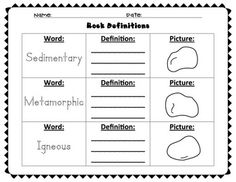




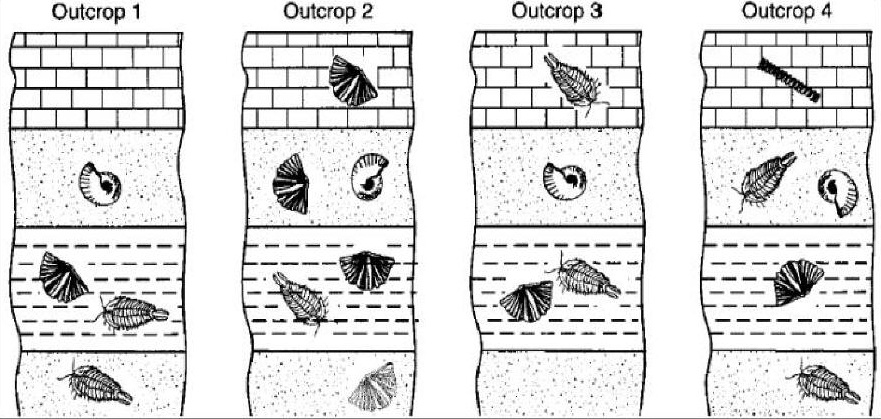
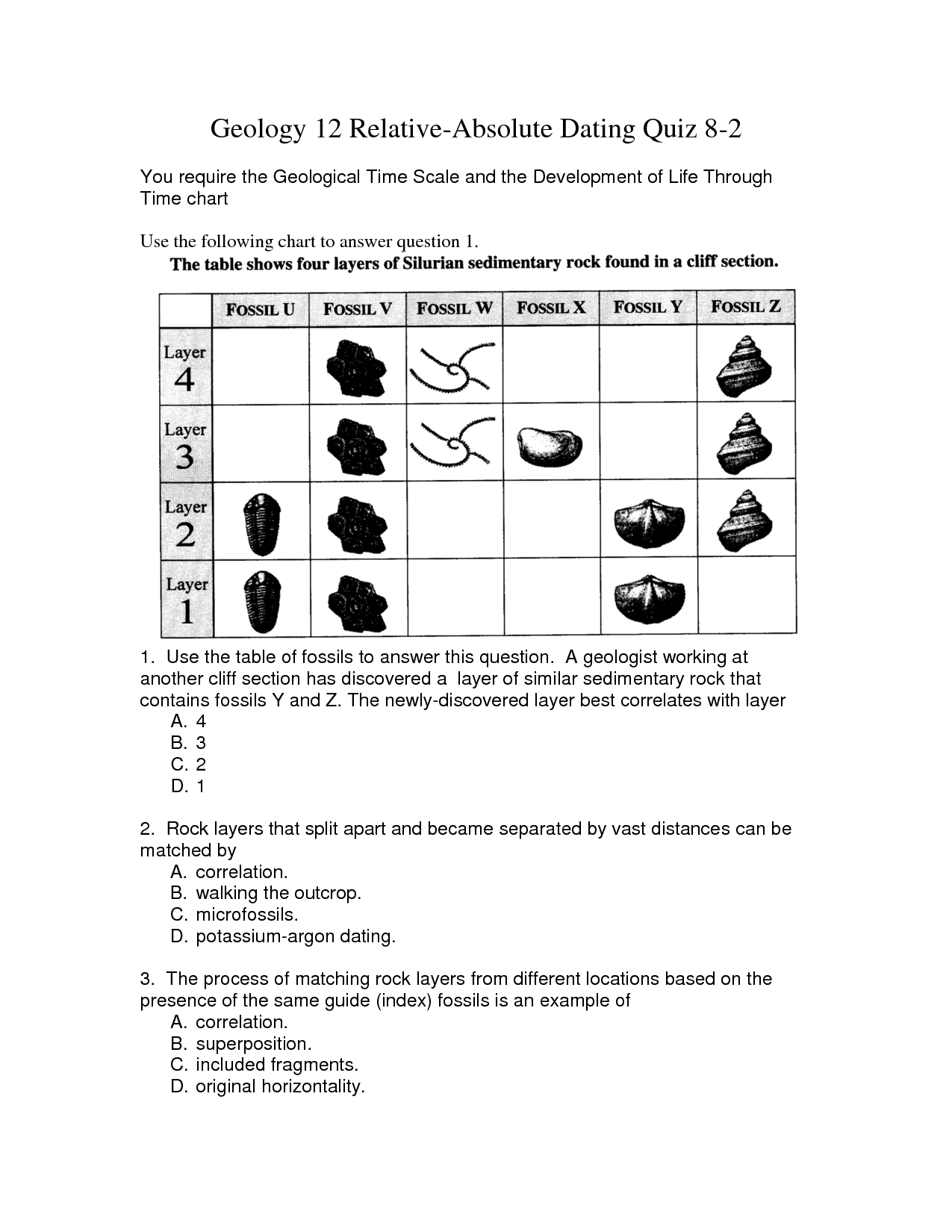
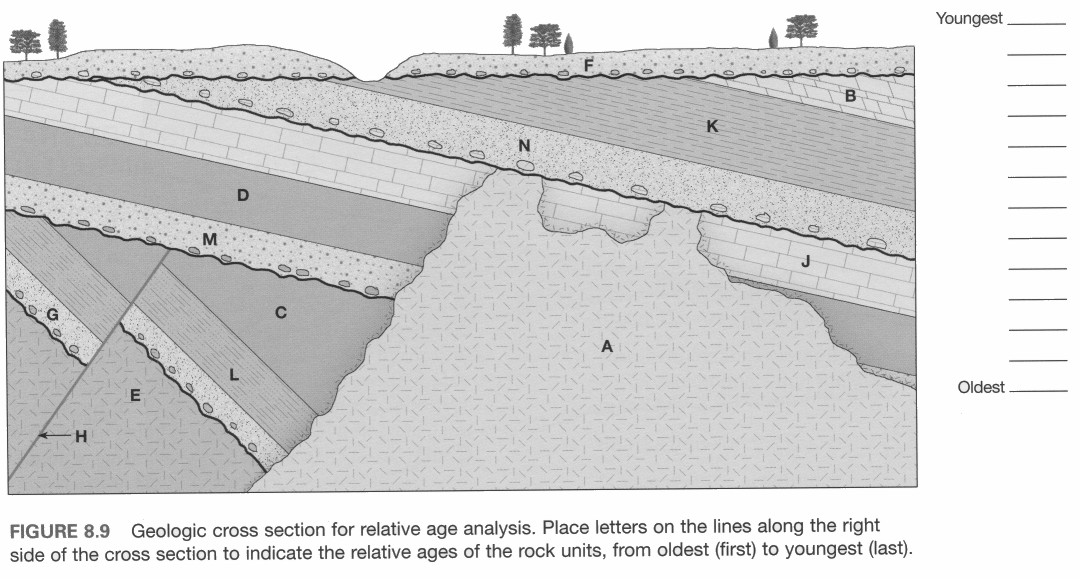
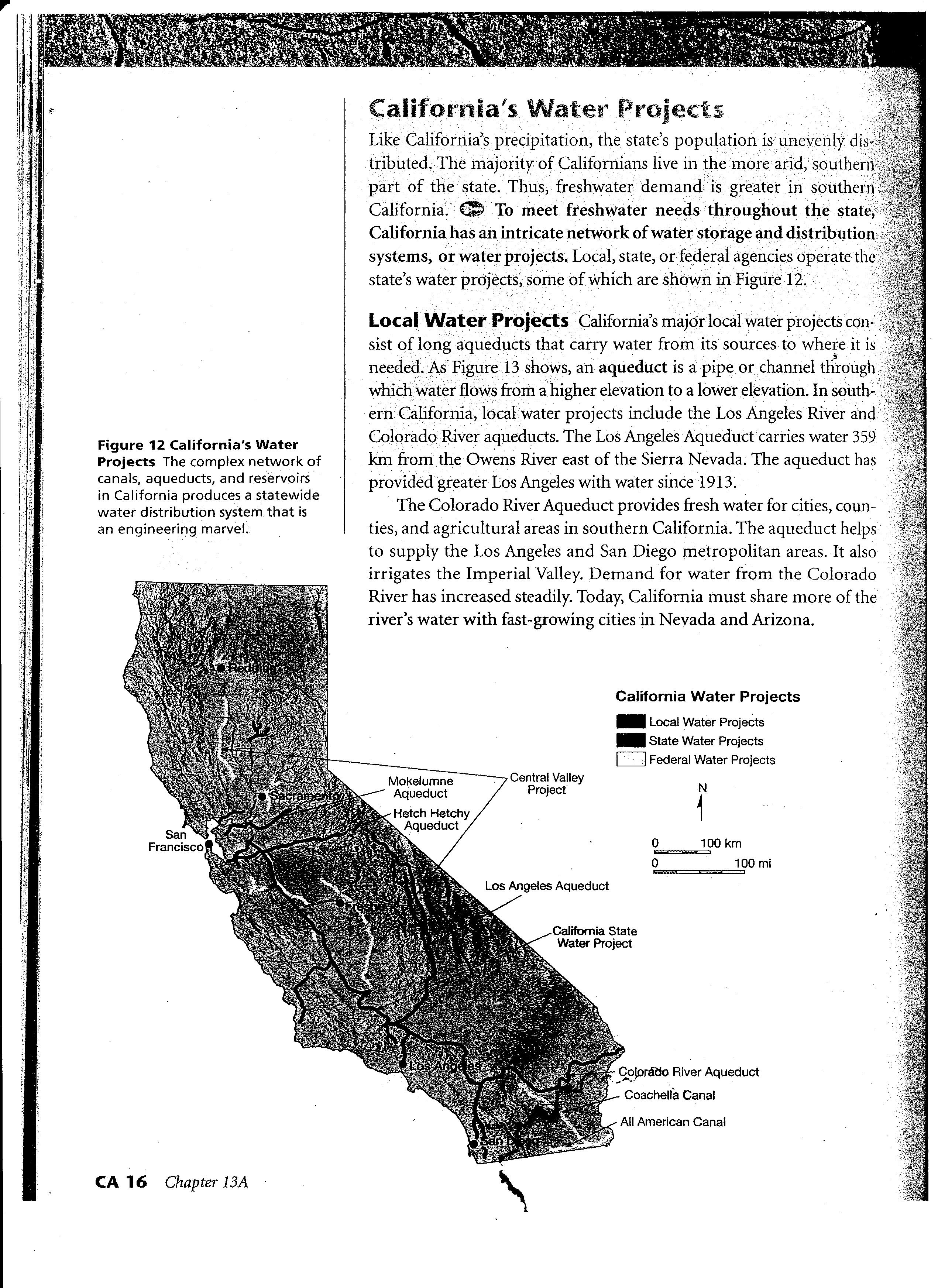
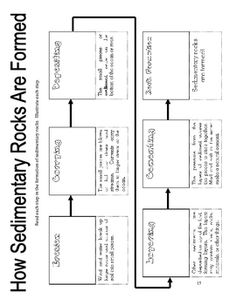
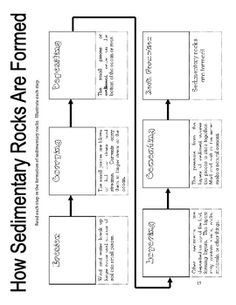
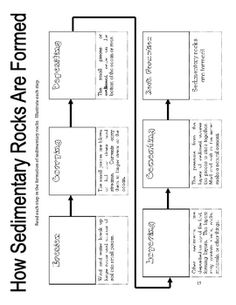
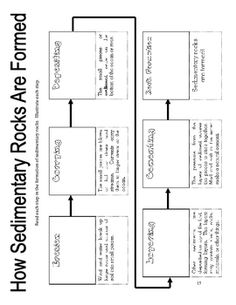
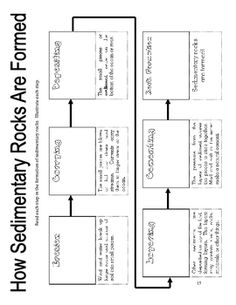
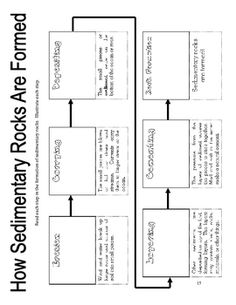
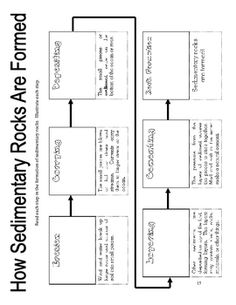
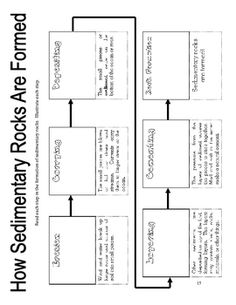
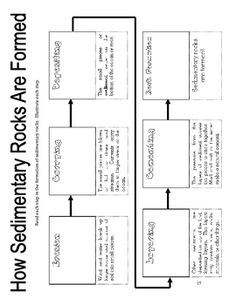
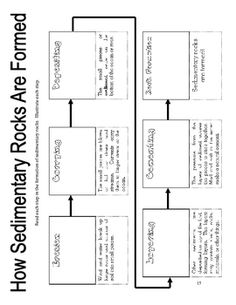














Comments